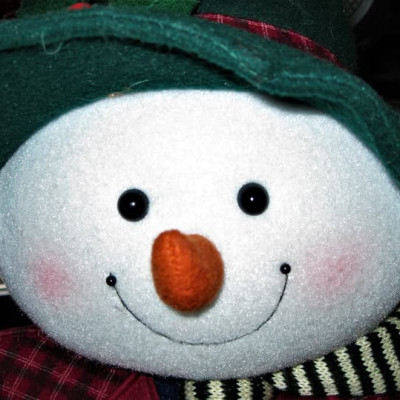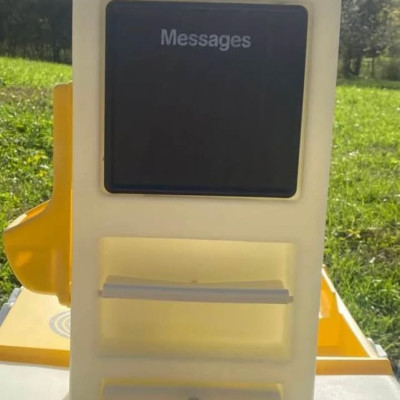Create Captivating Eyes: Ultimate Step-by-Step Tutorial for Perfecting Your Eye Drawings!
Create Captivating Eyes: Ultimate Step-by-Step Tutorial for Perfecting Your Eye Drawings!
Eyes are often considered the window to the soul, and capturing their essence in your artwork can elevate your drawings to new heights. Whether you’re a beginner or looking to refine your skills, mastering eye drawing is essential for creating expressive and lifelike portraits. This ultimate step-by-step tutorial will guide you through the process of perfecting your eye drawings, ensuring they captivate and engage viewers.
1. Gather Your Materials
a. Essential Tools:
Paper: Use a smooth drawing paper or sketchbook.
Pencils: Graphite pencils in varying hardness (e.g., HB, 2B, 4 for different shading effects.
Eraser: A kneaded eraser for precise corrections and highlights.
Blending Tools: Optional tools like blending stumps or tortillons for smooth shading.
b. Reference Images:
Collect reference images of eyes to understand different shapes, sizes, and expressions. Studying various eye types will help you achieve more realistic and diverse results.
2. Sketch the Basic Eye Shape
a. Draw the Eye Outline:
Shape: Start by sketching the basic shape of the eye. Most eyes are almond-shaped, but variations exist. Draw a horizontal line to represent the eyelid and a curved line for the lower lid.
Proportions: The width of the eye is generally about one-fifth of the face width. Ensure your proportions are accurate to maintain balance in your drawing.
b. Add the Iris and Pupil:
Iris: Inside the eye shape, draw a circle for the iris. This should touch both the upper and lower eyelids.
Pupil: Draw a smaller circle within the iris for the pupil. Position it centrally or slightly off-center depending on the gaze direction.
3. Refine the Eye Details
a. Define the Eyelids and Eyebrows:
Eyelids: Add details to the eyelids, including the upper and lower eyelid curves. Create a natural fold in the upper eyelid and add the lower eyelid’s slight curve.
Eyebrows: Sketch the eyebrow above the eye, following its natural arch. Pay attention to the hair direction and density.
b. Draw the Eyelashes:
Upper Eyelashes: Add individual eyelashes along the upper lid. Use varying lengths and curves to create a natural look. Start at the base of the eyelid and extend outward.
Lower Eyelashes: Draw fewer and shorter eyelashes on the lower lid, as they are less prominent.
4. Add Shading and Texture
a. Shade the Iris and Pupil:
Iris: Add shading to the iris to create depth. Use a darker tone around the pupil and gradually lighten towards the outer edge. Create texture by drawing radiating lines or a gradient effect.
Pupil: Shade the pupil darkly to make it stand out. Ensure it contrasts with the iris for a realistic appearance.
b. Shade the Eye and Eyelids:
Eye Socket: Add shading around the eye to suggest the depth of the eye socket. Lightly shade the area under the brow bone and around the eyelids.
Eyelids: Apply subtle shading to the eyelids to indicate their curvature and the natural shadows.
c. Highlight the Eye:
Catchlight: Add a small white spot on the pupil or iris to represent light reflection. This highlight brings life and sparkle to the eye.
Refine Highlights: Use an eraser to create bright highlights and enhance the eye’s glossy appearance.
5. Detail the Skin Around the Eye
a. Add Skin Texture:
Fine Lines: Draw fine lines and subtle shading around the eye to depict the texture of the skin. Pay attention to wrinkles, creases, and the natural contours of the eye area.
Blending: Use blending tools to smooth out shadows and create a realistic skin texture.
b. Final Touches:
Contrast: Adjust the contrast in your drawing by deepening shadows and brightening highlights. This will give your eye drawing a more dynamic and polished look.
Review: Step back and review your drawing for any adjustments. Refine any areas that need more detail or clarity.
6. Practice and Experiment
a. Draw Different Eye Shapes:
Practice drawing various eye shapes and expressions to improve your versatility. Experiment with different eye types, such as round, slanted, or narrow.
b. Study Real Eyes:
Observe and draw real eyes to understand their intricacies better. Pay attention to how light interacts with the eye and how different emotions affect its appearance.
c. Keep Practicing:
The more you practice drawing eyes, the more skilled you’ll become. Regular practice will help you develop a keen eye for detail and improve your overall drawing ability.
Conclusion
Mastering eye drawing is a crucial skill for any artist looking to create compelling and lifelike portraits. By following this step-by-step tutorial, you’ll learn how to capture the captivating essence of eyes, enhance your shading techniques, and refine your artistic skills. Embrace the process, practice regularly, and watch your eye drawings become more stunning with each attempt. Happy drawing!
Like
Comment
Share





